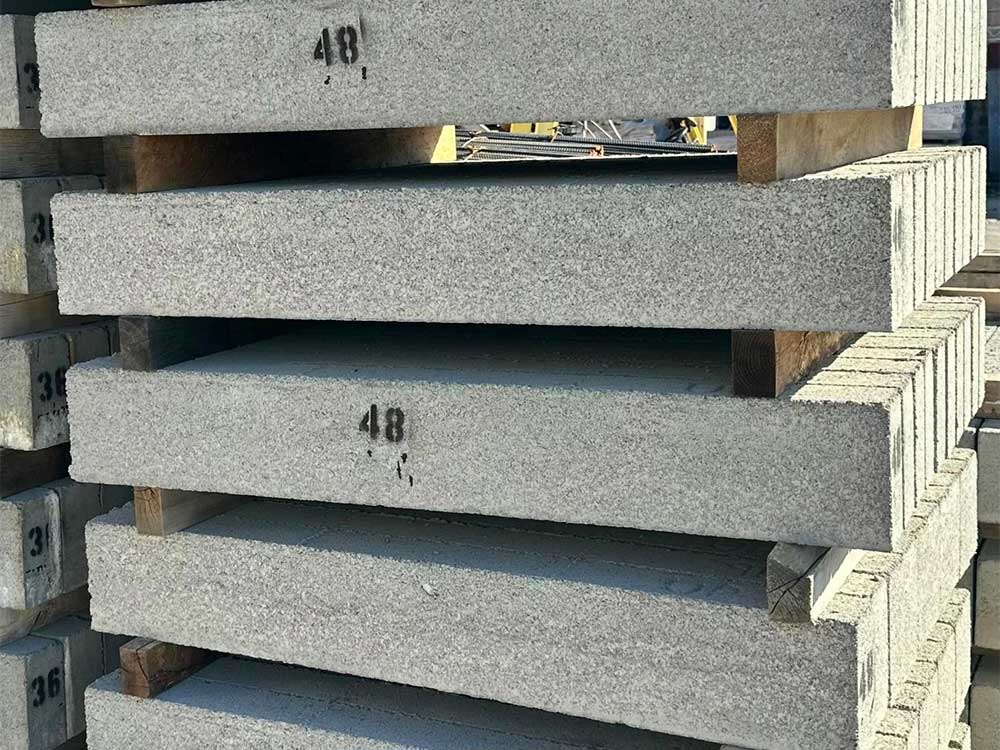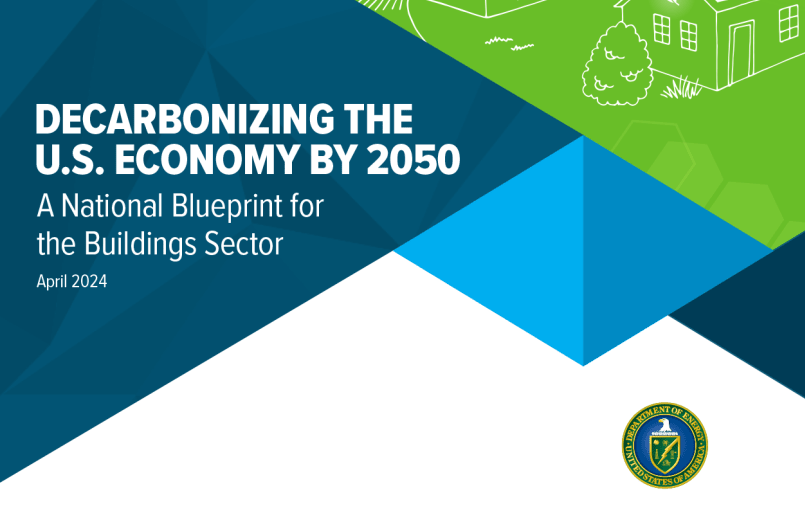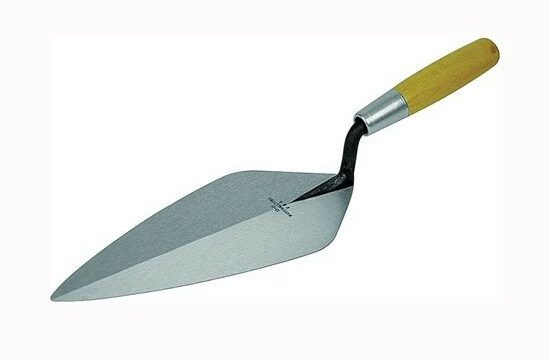Stop Mansplaining Mother Nature
Within the stormwater community there is the prevailing view that we can manage stormwater better than Mother Nature. Many of our green infrastructure designs: micro biorentention, swales, ponds are all attempts to do better by intensifying natural designs. That is doing more in a smaller footprint.
However, after spending billions of dollars over the last 40 years to clean up the Chesapeake Bay; we regularly miss any and all deadlines associated with its cleanup. The 2022 State of Bay Report gave it a D+, unchanged since 2020. If we were doing better, we would be seeing the results by now. Our paternalistic attitude to stormwater is failing us. We need to stop mansplaining Mother Nature.
While arrogance about our skills with stormwater is not the only factor, it is probably among the easiest to tackle. The other major factors working against stormwater: antiquated rules, ongoing development, and avoiding addressing agriculture all are stickier issues because they are multiparty problems.
Acknowledging our historical failing will give us leeway to find a better way to tackle this challenge. We need to stay out of the way, and not make the problem worse:
Stay Out of The Way
- Keep Nature Natural. Often the best way to manage nature is simply to not interfere. One of the weirdest success stories of a nature preserve is the area around Chernobyl (site of a 1986 nuclear meltdown). Humans made such a big mess, that we stayed far away for 30+ years. The absence of human intervention turned the area around the disaster site into a pristine nature preserve. Further reinforcing this point, it was doing quite fine until troops moved into the area with the recent invasion of Ukraine.
- Make it Evergreen. Mother Nature is constantly renewing and managing her stormwater control features. However, we frequently create stormwater control measures and then ignore them. Instead we should be building stormwater structures that require less maintenance and come closer to the goal of managing themselves.
Don’t Make the Problem Worse
- Use Less Pollutants; specifically more targeted use of fertilizers, pesticides, herbicides, and ice melt. At a certain point more is not always better, but the incentive structure just isn’t there. Bigger crops and greener lawns need to balance the outcomes with the impacts. This also applies to folks putting down salt to prevent ice formation, there is no immediate consequence to over-salting. By not creating bigger problems to address later, we automatically make our outcomes better. And every little bit helps.
- Rethink Development. We need to manage water within the footprint of a property in a truly decentralized and redundant fashion. And to be clear not only new buildings and parking lots need this logic, but existing buildings and roads. We frankly weren’t even consciously and systematically addressing this problem until the 1980s. And to get back to pre-industrial performance we need to address all corners of development. A great solution in this vein is permeable pavement. Roads which typically create stormwater problems, now also solve their own problem.
There is a lot we can do to improve stormwater, and it importantly begins with a bit of humility and getting out of the way.

VP of Business DevelopmentAaron Fisher
Latest News
4 Features That Makes Masonry Supply Company Stand Out
A masonry supply company plays a crucial role in the success of construction projects, providing essential materials and expertise to […]

Choosing The Right Size Lintel For Your Project
Determining the correct size of a lintel is critical for the stability and longevity of your construction project. A lintel […]

Data Misses on Embodied Carbon
There is significant urgency to avoid, reduce, or even reverse the emissions of greenhouse gases (CO2e) to avoid the worst […]

4 Masonry Tools You Should Have At Home
Effective and efficient masonry work, whether for repairs or new projects, requires the right tools. At home, having a basic […]
